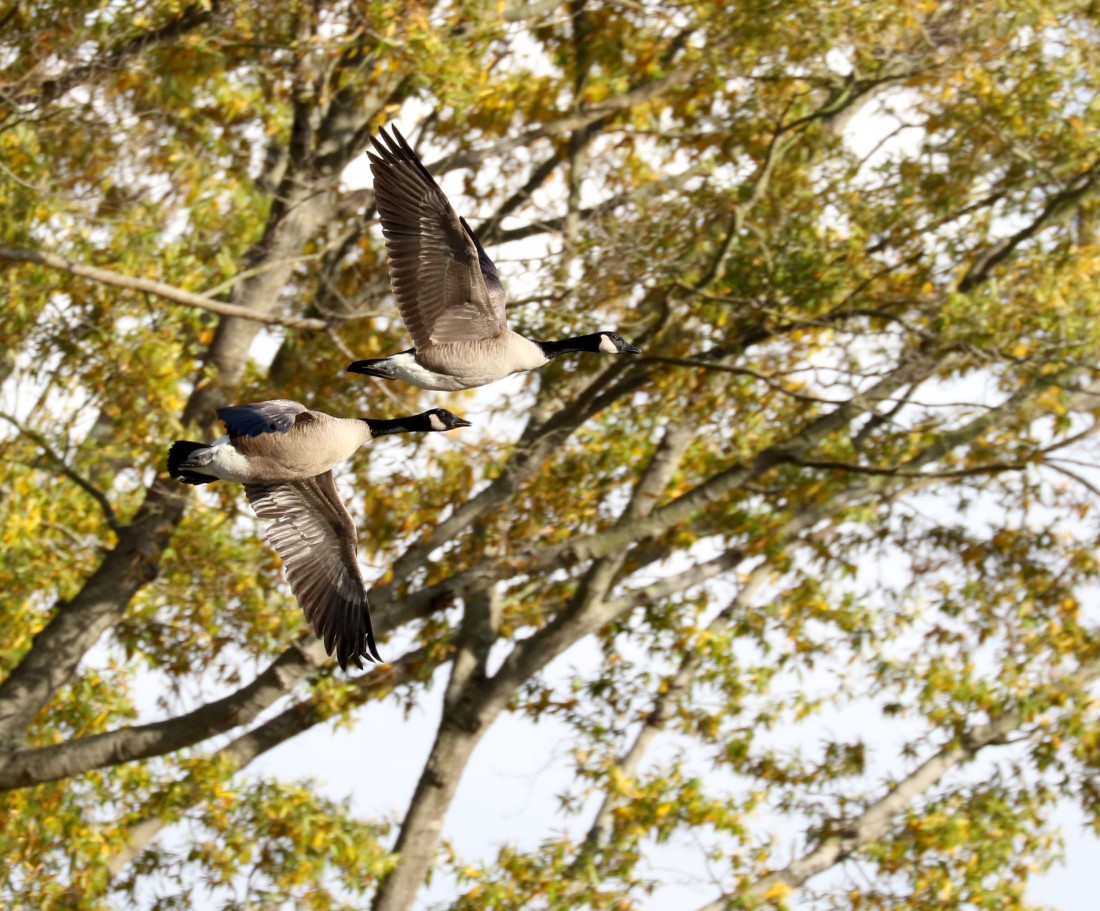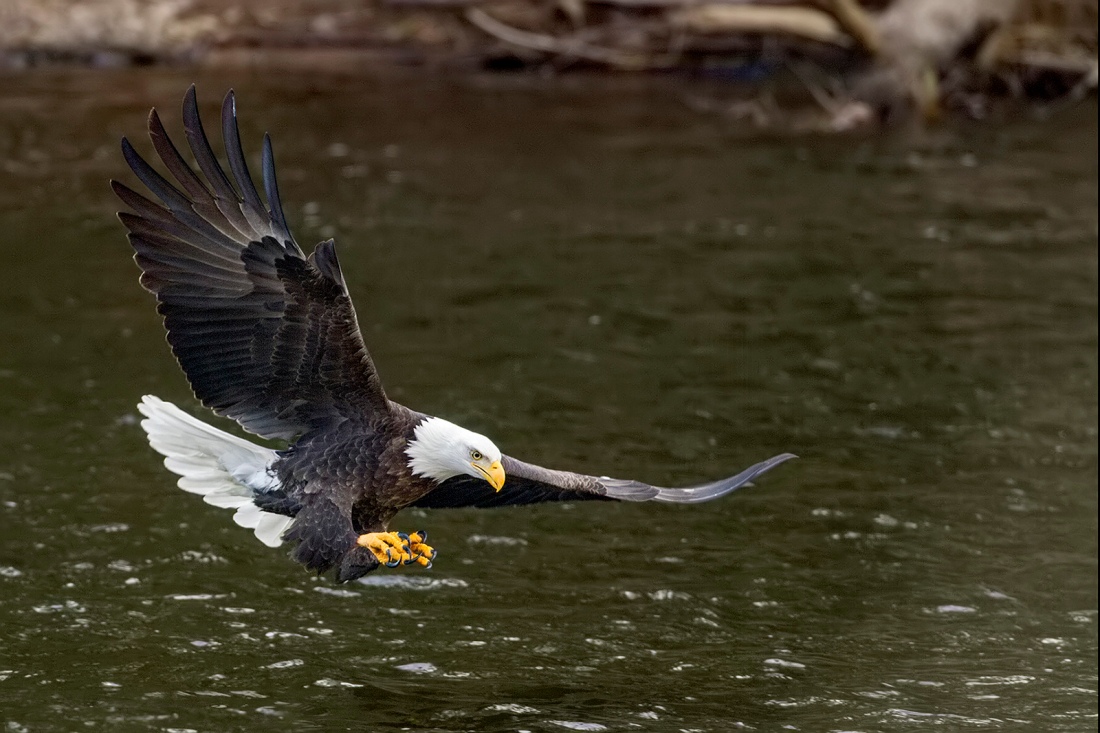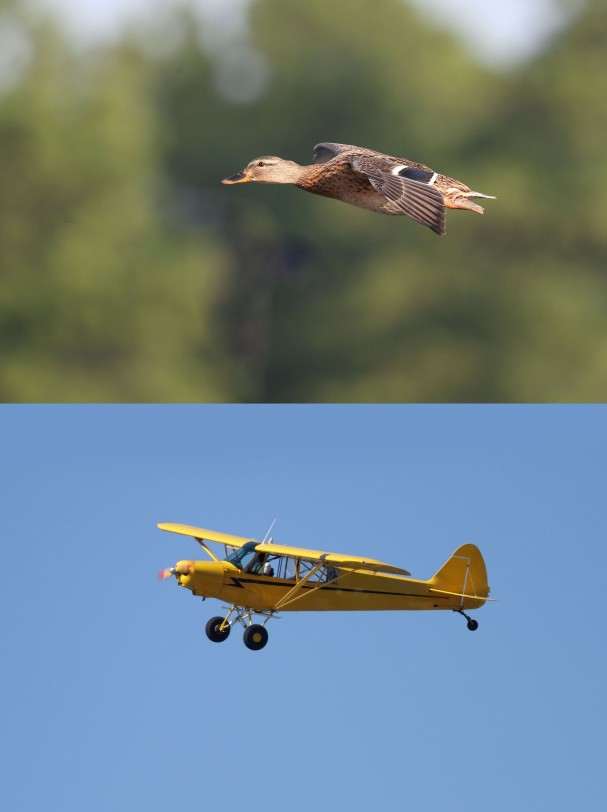There’s usually a “quip, question, or quote” at the end of each blog post. But this time, the quip is the title of our 29th blog.
Birds’ Amazing Flight Skills
At the end of “Designed to Fly,” the first blog in our continuing bird flight series, Glenn Butler made this comment, “Humans finally learned to fly only a bit more than a century ago, but we’ve still a long way to go before our machines can fly with the precision and accuracy of an average warbler. ” (An average warbler, albeit a stationary one, is pictured below.)

I responded to Glenn’s comment: “A cursory look at bird flight won’t give you much information at all, or much appreciation for all that birds can do in the air. But when you spend time in the field really studying birds (time in the field is always key), that’s when you notice and better understand and appreciate the extraordinary flight skills that birds have. And yes. Our flying machines don’t even come close.”
In a later blog, “Flight School,” I quoted David Sibley: “The avian wing is a marvel of engineering: lightweight but incredibly strong, stiff yet flexible.” He went on to say that a bird wing is “an airfoil that is instantly adjustable to any conditions.” I followed with: “And if you think about it, a bird in flight has to ready for just about anything, like a sudden obstacle, a stray wind gust, or a hungry raptor.”

Birds and Man-Made Flying Machines
Birds do have amazing flight skills. I think it’s fair to say that they’ve inspired the creation of our flying machines, our aircraft, and our spacecraft. Also, these machines have been, and continue to be, engineered based partly on a close study of birds and bird flight. How many times have I seen this line, or one like it: “Researchers have drawn inspiration from birds to design …” And how many times have I read a line like this: “Innovators have made a close study of the biomechanics and behaviors of birds.”
The Wright Brothers
I often tell people I lead on bird trips, and school kids I talk to, about the Wright brothers. As children, they were captivated by hawks soaring on the updrafts coming off the steep walls of a gorge near where they lived in Dayton, Ohio. They were also intrigued by a toy helicopter, a gift of their father. When later in life and “a bit more than a century ago” they went on to build gliders and the first powered airplane, they were heavily influenced by their earlier observations of flying birds and especially how those birds used their wings to navigate.

They were influenced by their observations of birds like this eagle (photo courtesy of wildlife photographer, Herb Houghton). Per Herb, after the bird spotted a small fish, it went airborne by jumping from a high perch. Here, it’s in a maneuver, and it’s ready to strike. The high wing attack angle and splayed tail are slowing the bird down. The twisting and turning of the wings are enabling it to fly with precision and control. Soon it will grab its quarry from just beneath the water’s surface.
The Wright brothers studied movements like these, particularly wing “morphing,” or wing shape changes, and incorporated what they saw into the design and construction of their plane. Many since, like those researchers and innovators mentioned above, have done the same thing. Birds serve as models. And engineers try to design and build aircraft that can mimic their movements.
So the next time you see a plane, or a helicopter, or an unmanned aircraft, (you may employ one soon–or one may soon land on your doorstep), thank a bird!

And This Just In

Merry Christmas to all!
Hi Dave, the Wright brothers were certainly the premier aircraft engineers of history. However they spent their efforts learning how to glide before attempting powered flight. This is in direct contrast to all of the early thinking about human flight which focused on the imitation of birds by combining the lift and forward thrust, at least as far back as the mythological flight of Icarus. I don’t doubt that there a few bold souls lost to history that jumped from a tower, or perhaps a cliff, flapping vigorously with some hopeless contraption tied to their arms. Even Leonardo da Vinci designed some ornithopters in the 15th century, on paper at least. In 1799 George Cayley’s concept of a fixed wing separated the ideas of lift and propulsion which led directly to the success of human flight. As Orville and Wilbur did later, Otto Lilienthal was learning to pilot gliders in the late 19th century. Lilienthal published an important book titled, Bird Flight as the Basis of Aviation and had he not broken his spine and died from a glider accident in 1896 he may have been the first to achieve powered flight. So it turns out that humans had to master piloting skills of stability and control first, before adding a heavy engine and propeller to achieve true powered flight.
LikeLiked by 1 person